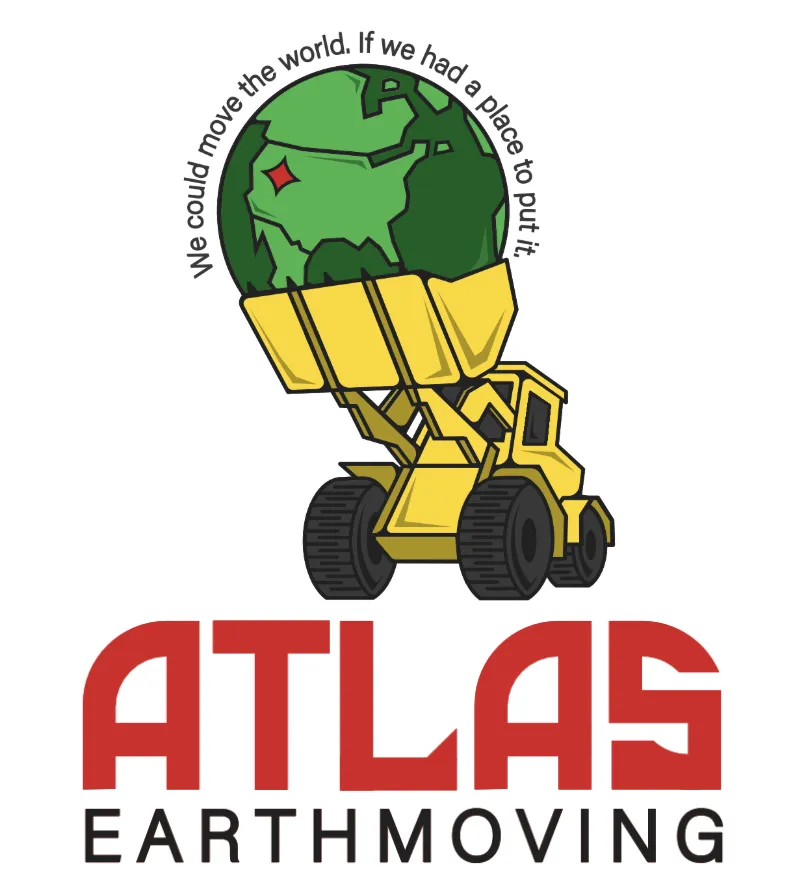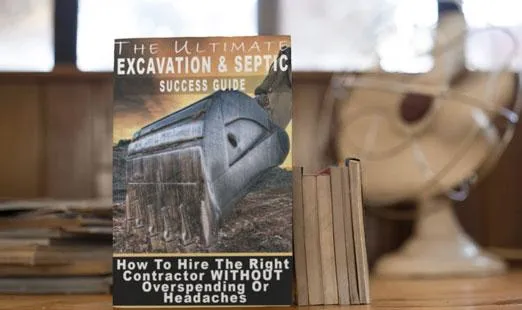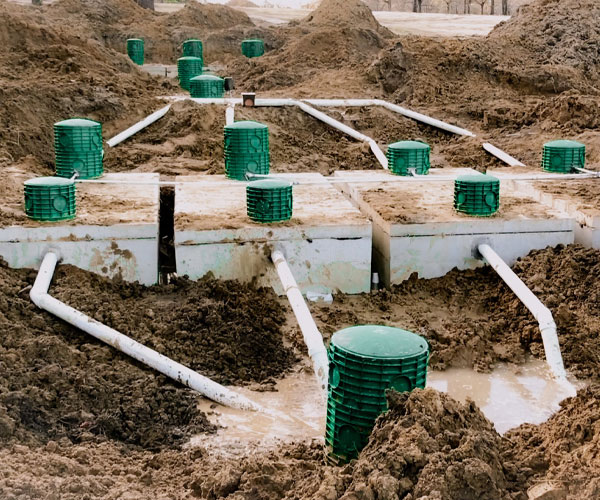
Serving Idaho Counties: Ada, Elmore, Boise, Gem and Owyhee
Excavation Companies near Nampa in Canyon County, ID
Atlas Earth Moving is Committed to superior quality and results!

AVOID COSTLY MISTAKES:
Do NOT hire an excavating contractor without first reading our free guide:
The ULTIMATE Excavation & Septic "Success Guide."

Excavation Companies near Nampa in Canyon County—What You Should Expect Before You Break Ground
If you’re planning a build, addition, driveway, pond, or drainage fix, the first big question is simple: Who can move earth safely, legally, and on budget? This page outlines how Excavation Companies near Nampa in Canyon County, Idaho operate, what factors affect pricing, and how to hire with confidence. No fluff—just practical steps, plain language, and examples grounded in the way projects really unfold.
How Can We Help?


The Core Services Most Homeowners Request
Excavation teams handle site preparation and soil management so the rest of your project stays on schedule. Typical requests include:
Full site prep: clearing, stripping topsoil, and rough grading.
Foundation excavation: digging to plan, managing spoils, and backfilling properly.
Trenching: water, sewer, power, gas, and communications lines.
Driveways and roads: cuts, fills, compaction, and base placement.
Drainage systems: French drains, swales, downspout tie-ins, and culvert installs.
Retaining walls and slopes: benching, key trenches, and drainage rock.
Ponds and water features: excavation, liner-ready basins, and overflow controls.
Benefits of Using Excavation Companies near Nampa in Canyon County, Idaho
Safer jobsites. Trained operators read soil, bench slopes, and shoring needs to prevent cave-ins and equipment incidents.
Fewer surprises. A good crew investigates utilities, access, spoils management, and haul routes before machines arrive.
Better outcomes. Proper compaction, over-excavation where needed, and moisture control reduce settlement and callbacks.
Faster timelines. Coordinated trucks, attachments, and crews keep tasks moving so framers, plumbers, and electricians aren’t idle.
Strong permitting support. Teams familiar with local standards help you satisfy submittals, erosion control, and inspections.
What Drives Cost—and How to Keep It Predictable
Excavation pricing isn’t a mystery when you break it down. Key inputs include: project size, dig depth, soil type (granular vs. cohesive), groundwater, rock content, access width, and dump fees. Add mobilization, traffic control, erosion control, and utility locating.
To control cost: share full plans, soils info, and photos; request a written scope with quantities; ask for alternates (e.g., import vs. treat on site); and confirm who owns rock, groundwater, and unsuitable material risks.
The Benefits of Hiring a Team—Not a Single Machine
Renting a mini-excavator looks inexpensive until you account for mistakes, delays, and rework. Professional Excavation Companies near Nampa in Canyon County bring laser levels, compaction equipment, trench boxes, pipe lasers, and qualified operators who work as a system. That system delivers cleaner cuts, correct slopes, tight backfill, and fewer change orders downstream.
See Our Excavation & Septic Services

✔️ Residential Excavation
✔️ Swimming pool excavation
✔️ Basement excavation
✔️Residential Sewer And Water Replacement
✔️Residential Septic Installation And Repair
✔️Concrete Preparation
✔️Small Commercial Site-Work
✔️Residential Gravel And Sight Work
✔️ Demolition
✔️ Large pond Construction
✔️ Small Pond Construction
✔️ Dozer work
✔️ Septic inspections
✔️ Trenching
✔️ Utilities Trenching
✔️ Foundation Repairs
Quality Services Launched FAST!

✔️ Septic system pumping
✔️ Septic installs traditional systems
✔️ Septic tanks - aerobic systems
✔️ Septic tanks - Plastic/poly
✔️ Septic tanks - Concrete
✔️ Drain field replacement
✔️ Grading, lot clearing
✔️ French Drains
✔️ Retaining walls
✔️ Sewer repairs
✔️ Drainage systems
✔️ Full site preparation
What Are You Waiting For?
Step-by-Step Process for Hiring Excavation Companies near Nampa in Canyon County, Idaho
Step 1: Define the outcome. Write down the exact finish line: foundation to plan, subgrade to X%, utilities to stake, haul off spoils.
Step 2: Share documents. Provide drawings, stakes, soils data, utility marks, and any permit conditions or HOA rules.
Step 3: Site walk. Meet on site to confirm access, tree protection, stockpile areas, and truck routes.
Step 4: Itemized proposal. Ask for quantities, unit rates, allowances, and exclusions in writing.
Step 5: Schedule and milestones. Lock in start date, daily working hours, and inspection points.
Step 6: Pre-dig checklist. Utility locates, erosion controls, traffic plan, neighbor notices, and weather contingencies.
Step 7: Execute and document. Daily photos, compaction results, and as-built notes for handoff to the next trade.
Step 8: Closeout. Final grading, site cleaning, and confirmation that drainage flows as designed.
Quality Markers You Can See on Day One
Clear staking and paint lines that match plans.
Safe ingress/egress, fenced hazards, and posted locates.
Moisture-conditioned soils and layered compaction, not just “fill and hope.”
Clean trench bottoms, bedding placed to spec, and straight pipe runs.
Smart spoils management: segregated topsoil, rock, and unsuitable material.
Timeline and Coordination Tips
Most small residential digs run one to five days; utilities can add one to three; rock, groundwater, or weather can extend durations. The fastest projects align inspections early, schedule trucks ahead, and keep decision-makers reachable for quick approvals.
How to Compare Proposals Apples-to-Apples
Ask each bidder to quote the same scope, quantities, haul distances, and import assumptions. Require proof of insurance and references for similar work. Review exclusions carefully: rock, groundwater pumping, unsuitable soils, pavement repair, and landscape restoration are common carve-outs that can swing totals.
Preparation You Can Do to Save Money
Mark access paths, clear small debris, and flag trees or features to protect. If it’s allowed, have survey stakes in place before crews arrive. Share any photos from prior seasons that show standing water or seep locations—those images help your excavator plan ahead.
Straight Talk on Risk Management
Excavation involves real risk. Look for teams that discuss slopes, trench safety, spoil setbacks, utility strike prevention, and rain plans in plain language. When contractors talk openly about risk, they usually manage it well on site.
Final Checklist Before You Sign
Scope and quantities match the drawings.
Unit prices exist for likely extras (rock, import, pump time).
Schedule, milestones, and inspection points are written.
Insurance, licensing, and warranty terms are provided.
Communication plan: who you call, how often you’ll get updates, and what happens if the weather hits.
Local Considerations in Canyon County, Idaho
Nampa projects face mixed soils—silty clays, loams, and gravels—and spring moisture can change excavation plans overnight. Ask how crews will manage wet spoils, protect pavements, and keep silt out of storm inlets. Confirm haul sites and dump fees for mobilization. Corridors carry utilities; order locates early and verify depths near lines. In winter, discuss frost treatment; in dry months, plan dust control and water access to keep neighbors and inspectors satisfied.
Hours: Mon-Sun 7AM-8PM
Extended hours by appointment only.
Address: 7109 W Northview St, Boise, Idaho 83704
All rights reserved | Client Support Area
Facebook